Water hyacinths -- do they impede the movement of pond water?
hawkiefriend
14 years ago
Related Stories
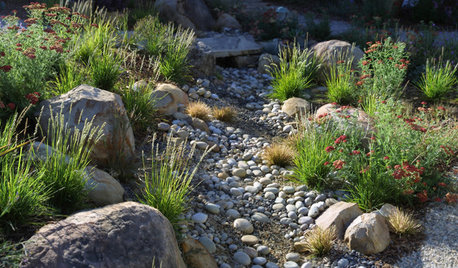
LANDSCAPE DESIGNHow to Design Your Landscape to Slow Down Water
Putting the brakes on stormwater runoff is the first step in sustainable water design
Full Story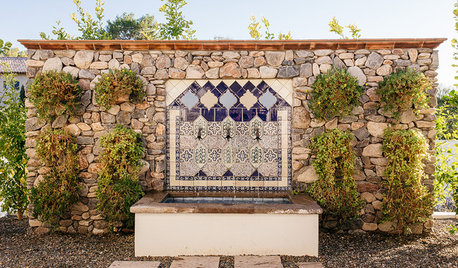
LANDSCAPE DESIGNHave Your Garden Fountain and Be Water Wise Too
Learn which water features are more suited to conservation, and get strategies for placement and use
Full Story
LANDSCAPE DESIGNHow to Move Water Through Your Landscape
Swales, underground pipes or a mix of both: There’s more than one way to distribute water in the garden
Full Story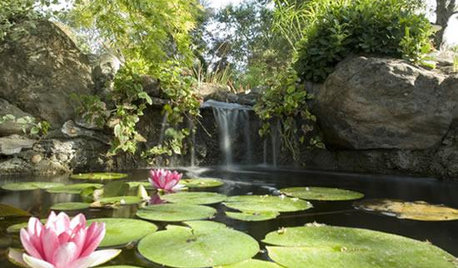
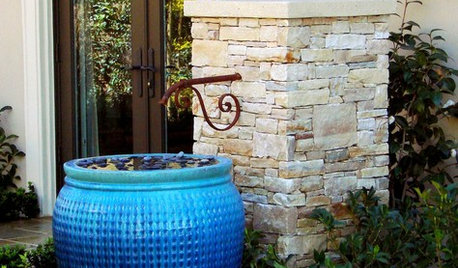
GARDENING AND LANDSCAPINGFall for a Water-Wise Fountain
No need to sacrifice beauty in the interest of water conservation — these smart fountain designs let you have both
Full Story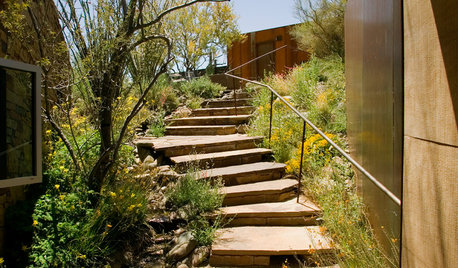
ARCHITECTUREHouzz Tour: A Pond House in the Arizona Desert
With water in the back and a descent to get in, this skillfully designed modern home keeps its cool in the Southwestern sun
Full Story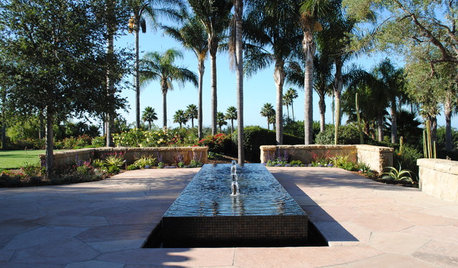
GARDENING AND LANDSCAPINGGardens Tap Into Rill Water Features
Rooted in ancient design, this water feature is popular again as a way to help contemporary landscapes flow
Full Story
MOST POPULARMeet a Lawn Alternative That Works Wonders
Carex can replace turfgrass in any spot, is low maintenance and adjusts easily. Add its good looks and you’ve got a ground cover winner
Full Story
GARDENING AND LANDSCAPINGHow to Make a Pond
You can make an outdoor fish paradise of your own, for less than you might think. But you'll need this expert design wisdom
Full Story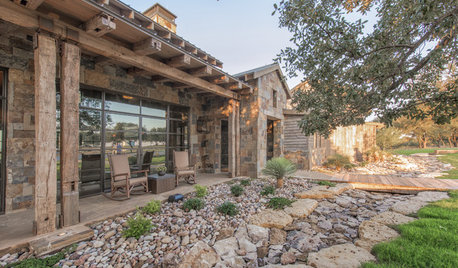
LANDSCAPE DESIGNTo Manage Stormwater Sustainably, Understand Your Site
Follow this guide to learn how water moves through your landscape and how best to manage it
Full StoryMore Discussions







mike_il
waterbug_guy
Related Professionals
South Elgin Landscape Architects & Landscape Designers · Tempe Landscape Contractors · Aloha Landscape Contractors · Darien Landscape Contractors · Eustis Landscape Contractors · Metairie Landscape Contractors · North Richland Hills Landscape Contractors · Oak Harbor Landscape Contractors · Porterville Landscape Contractors · Quincy Landscape Contractors · Selden Landscape Contractors · Wailuku Landscape Contractors · Waltham Landscape Contractors · West Orange Landscape Contractors · Goldenrod Landscape Contractorsmaryo_nh
hawkiefriendOriginal Author
maryo_nh
hawkiefriendOriginal Author
catally
garyfla_gw
chrisware